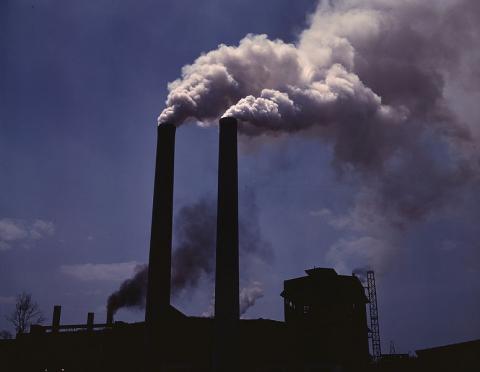Indiana Citizens Skeptical of Trash Incinerator
Indiana Citizens Skeptical of Trash Incinerator
- by Mitchell Kirk, June 26, 2013. Source: Pharos-Tribune
 A group of Logansport citizens is holding a question-and-answer session with energy, environmental and business leaders tonight to discuss the city’s power plant project.
A group of Logansport citizens is holding a question-and-answer session with energy, environmental and business leaders tonight to discuss the city’s power plant project.
“Our goal is to foster discussion among key people in the community who may not yet be committed to the Pyrolyzer (trash-to-electricity) proposal and would like more information on lowering electric rates now,” said Mercedes Brugh, who organized the event, in a statement.
The panel will include Morton Marcus, retired director of the Indiana Business Research Center; Bradley Angel, executive director of San Francisco-based Greenaction for Health and Environmental Justice; and Mike Ewall, founder and director of Philadelphia-based Energy Justice Network.

